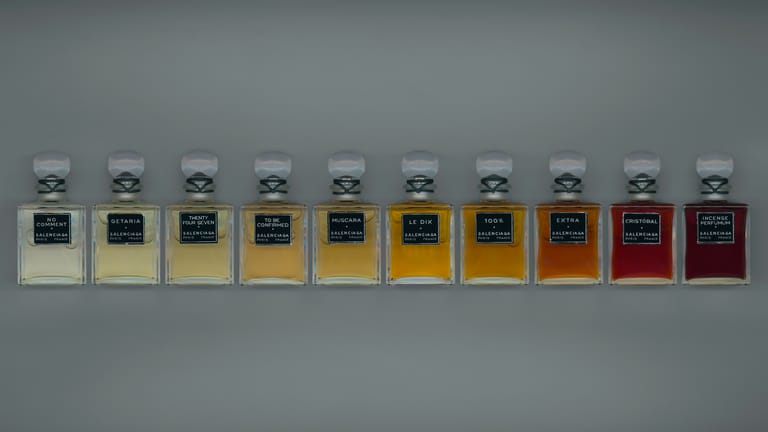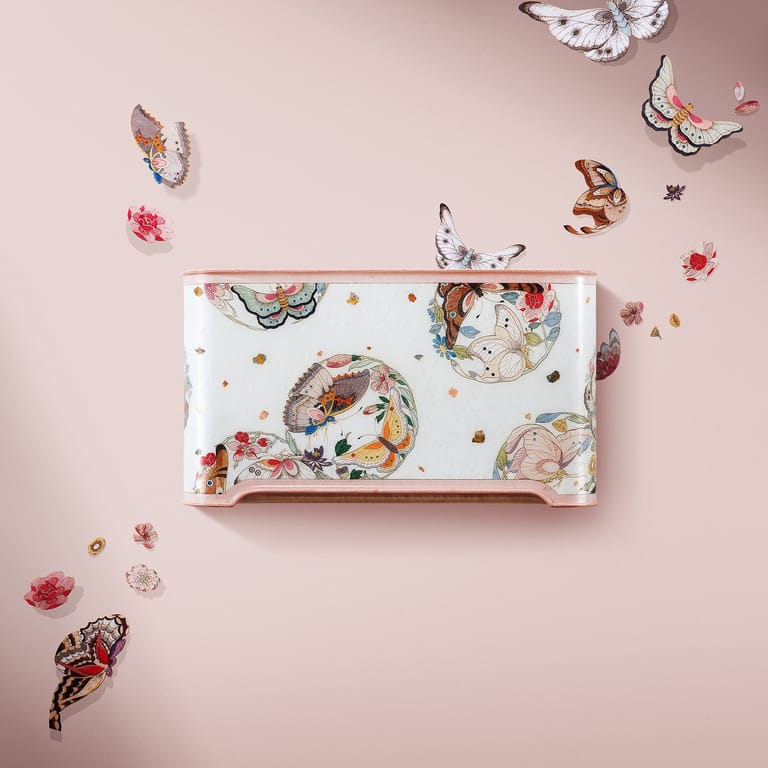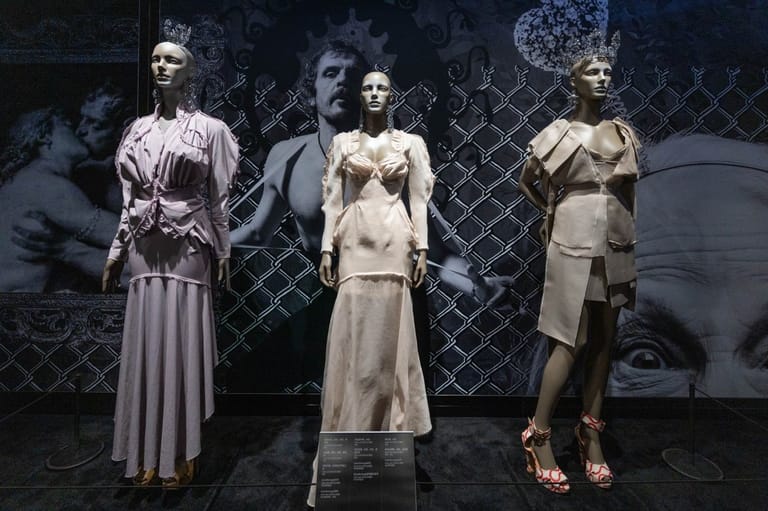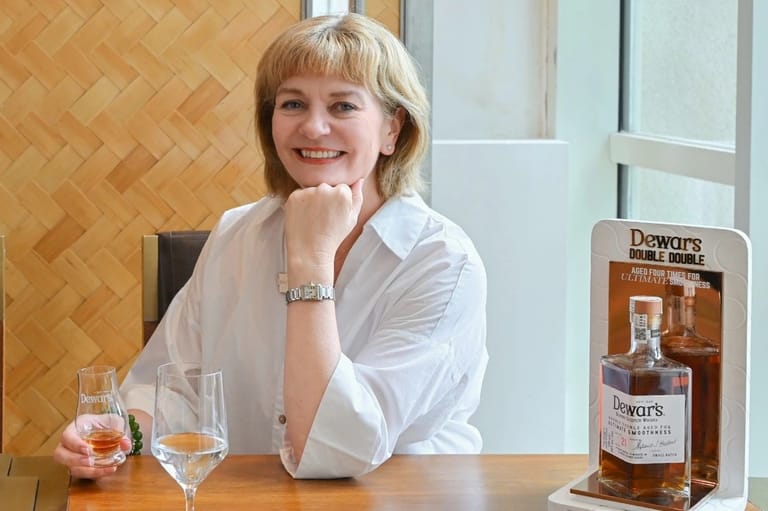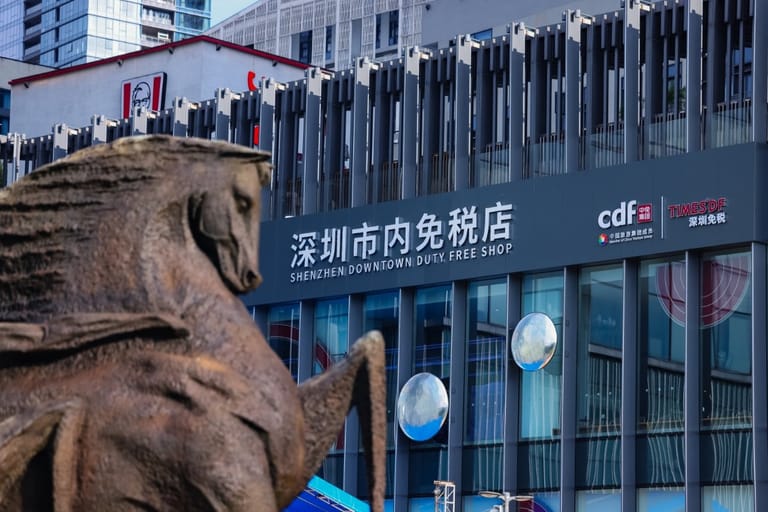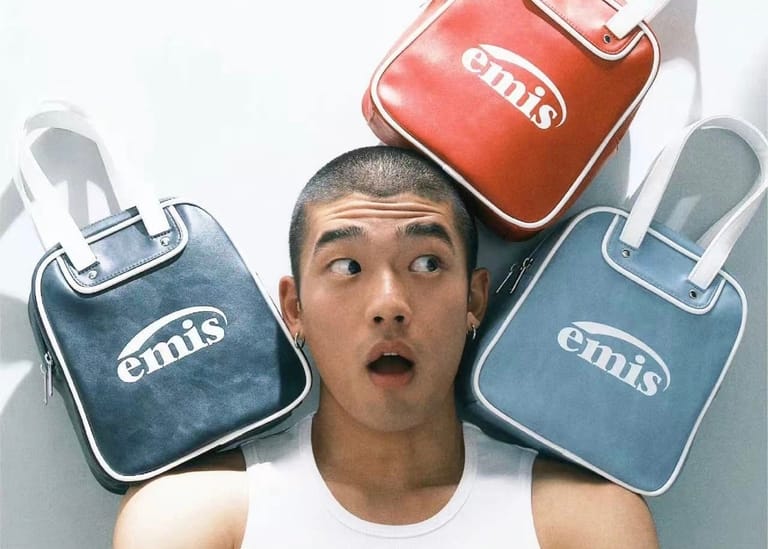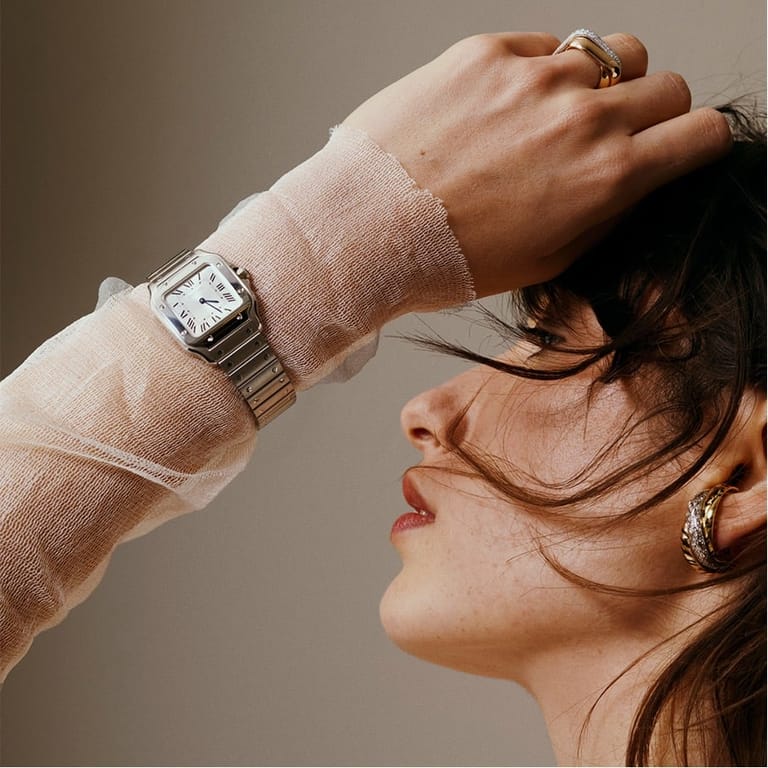China’s Next Retail Powerhouse? Deji Plaza’s Record-Breaking Growth
By
Huiyan Chen

Published on
February 27, 2025
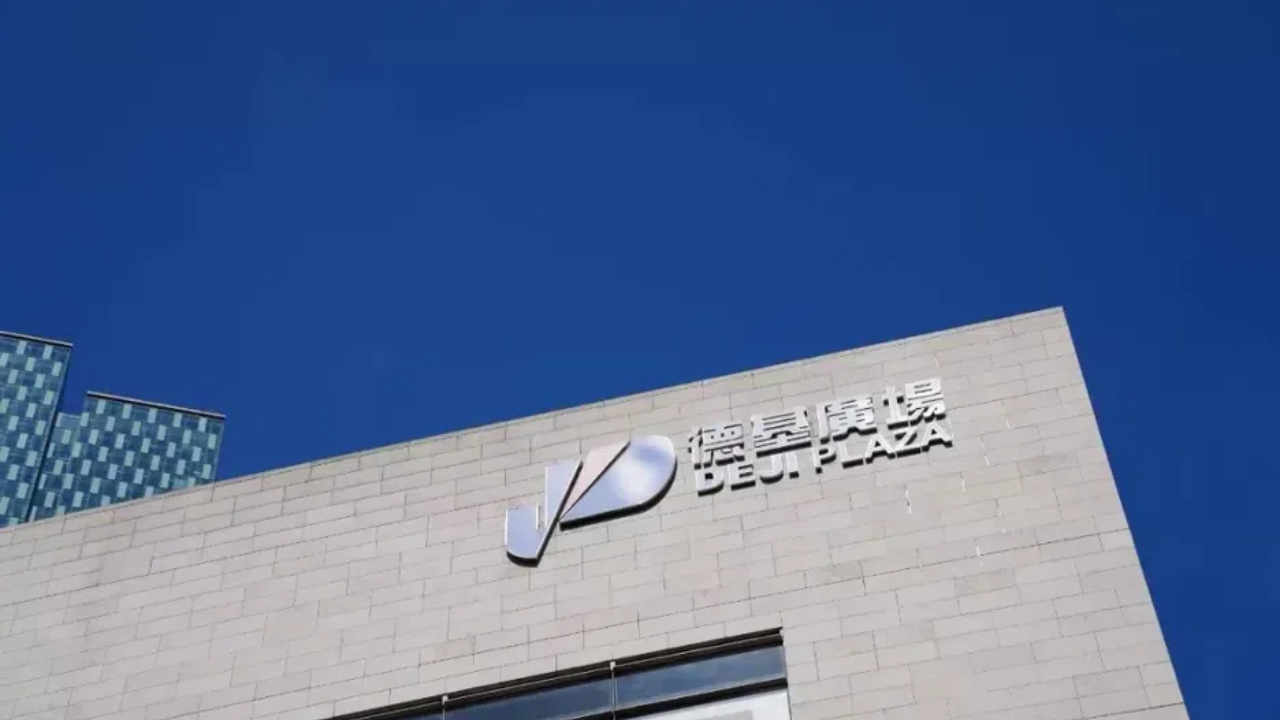
Jingzhi Curates is your daily compass for navigating the dynamic intersections of business, culture, and society. Each installment distills the day’s most pressing issues into thoughtful, actionable insights—perfect for leaders, innovators, and the intellectually curious. Whether a game-changing shift in global markets, a breakthrough in AI, or a cultural trend redefining consumer behavior, Jingzhi Curates delivers clarity in complexity.
Nanjing Deji Plaza has once again rewritten the record books. The luxury shopping complex reported RMB 24.5 billion ($3.4 billion) in sales for 2024, surpassing its 2023 high of RMB 23.9 billion and edging closer to Beijing SKP’s RMB 26.5 billion haul last year—the highest for any single retail location worldwide. While Beijing SKP has yet to disclose its 2024 performance, the narrow gap has fueled speculation that Deji Plaza could soon claim the title of the world’s top-grossing retail destination.
This performance is particularly striking given the headwinds facing China’s high-end retail sector. Despite the opening of Nanjing IFC—a direct competitor—and broader economic uncertainty, Deji Plaza has not only held its ground but achieved countercyclical growth, cementing its status as one of the most resilient retail players in the market.
A Year of Challenges for China’s Commercial Real Estate Giants
In contrast, some of the country’s most established luxury mall operators have struggled with shifting consumer behavior and macroeconomic pressures.
Hang Lung Group, a major player in commercial real estate, reported a 9% year-on-year increase in total revenue to HKD 11.2 billion ($1.4 billion) in 2024. However, its core property leasing business saw a 6% decline, dropping to HKD 9.5 billion. Most notably, Shanghai’s Plaza 66—a bellwether for luxury retail—saw tenant sales plunge 22% to RMB 13.3 billion. The group attributed the downturn to sluggish domestic consumption and the resurgence of outbound travel, which has siphoned spending away from local malls.
Swire Properties faced similar challenges. As of the end of last year, the company reported a HKD 800 million decline in attributable recurring net profit, bringing the total to HKD 6.5 billion. Retail performance was mixed. Only Beijing’s Taikoo Li Sanlitun and Shanghai’s Taikoo Li Qiantan posted growth, while all other mainland properties, including Guangzhou’s Taikoo Hui and Chengdu’s Taikoo Li, saw sales fall 11% and 14%, respectively.
Regional Powerhouse, National Influence
Unlike Beijing SKP or Shanghai Plaza 66, which serve as national benchmarks for luxury retail, Nanjing Deji Plaza has traditionally operated as a regional high-end shopping hub. Yet, its sustained growth suggests a broader influence.
Nanjing, the capital of Jiangsu province, has long been a stronghold for high-end consumption, with a deep-rooted affluent consumer base. Its strategic location also draws wealthy shoppers from neighboring regions, particularly Anhui, further expanding its commercial reach.
Another key advantage is Deji Plaza’s prime location in Xinjiekou, dubbed “China’s No.1 Commercial District.” Directly connected to Xinjiekou Station, the world’s largest metro hub by size, the mall benefits from daily foot traffic of 300,000 and an annual visitor count exceeding 100 million. As consumer demand grows, Deji Plaza has kept pace, expanding to over 300,000 square meters, with a third-phase extension currently underway.
More Than Location: Strategic Growth in a Tough Market
While its prime real estate and scale contribute to its dominance, Deji Plaza’s sustained growth—averaging a 5.3% compound annual growth rate over the past three years—signals a more strategic approach.
Compared to Beijing SKP or Shanghai’s Plaza 66, Deji Plaza’s defining feature is its retail diversity.
Its luxury brand roster includes Hermès, Chanel, Louis Vuitton, Harry Winston, and Graff. In beauty and fragrance, it has secured the first national stores for Prada Beauty and Valentino Beauty while building a high-end niche perfume portfolio with brands such as Frédéric Malle and Kilian. Beyond luxury, the mall integrates fashion, sports, and dining brands and even houses the Deji Art Museum, home to The Jinling Scroll, a celebrated artwork that draws visitors from across China.
Luxury, Accessibility, and a Consumer-First Approach
Unlike pure luxury retail destinations, Deji Plaza balances its positioning as a “comprehensive shopping center.” This diversification has proven critical in an era of increasing volatility in China’s high-end consumer market. By maintaining a broader appeal, the mall has successfully mitigated risks associated with an overreliance on luxury sales, showcasing a rare level of resilience.
Its consumer-first approach extends beyond the retail mix. Viral moments—such as its ultra-luxurious restrooms, widely shared on social media, and the launch of the “Deji 24h” initiative ahead of this year’s Lunar New Year—reflect a keen understanding of evolving consumer behaviors. This agility has enabled Deji Plaza to remain not just relevant but a market leader.
The Road Ahead: Expansion and the Future of High-End Retail
Deji Plaza is now taking its playbook beyond Nanjing. Its second location, Xuzhou Deji Plaza—also in Jiangsu province—is set to open by the end of the year, marking its first major expansion.
As China’s luxury retail landscape matures, commercial operators can no longer rely on legacy formulas for success. Deji Plaza’s ascent underscores a crucial shift in the sector: In a market where growth is no longer a given, only those willing to innovate, break from convention, and redefine value will emerge as true industry leaders.



